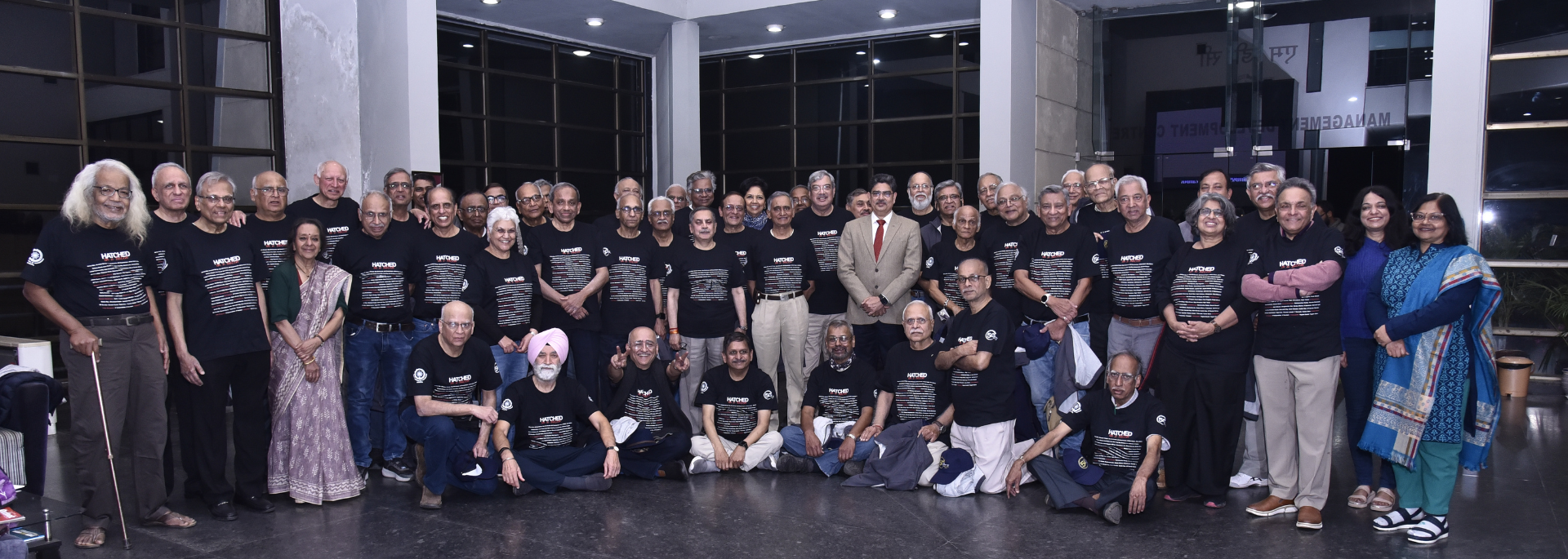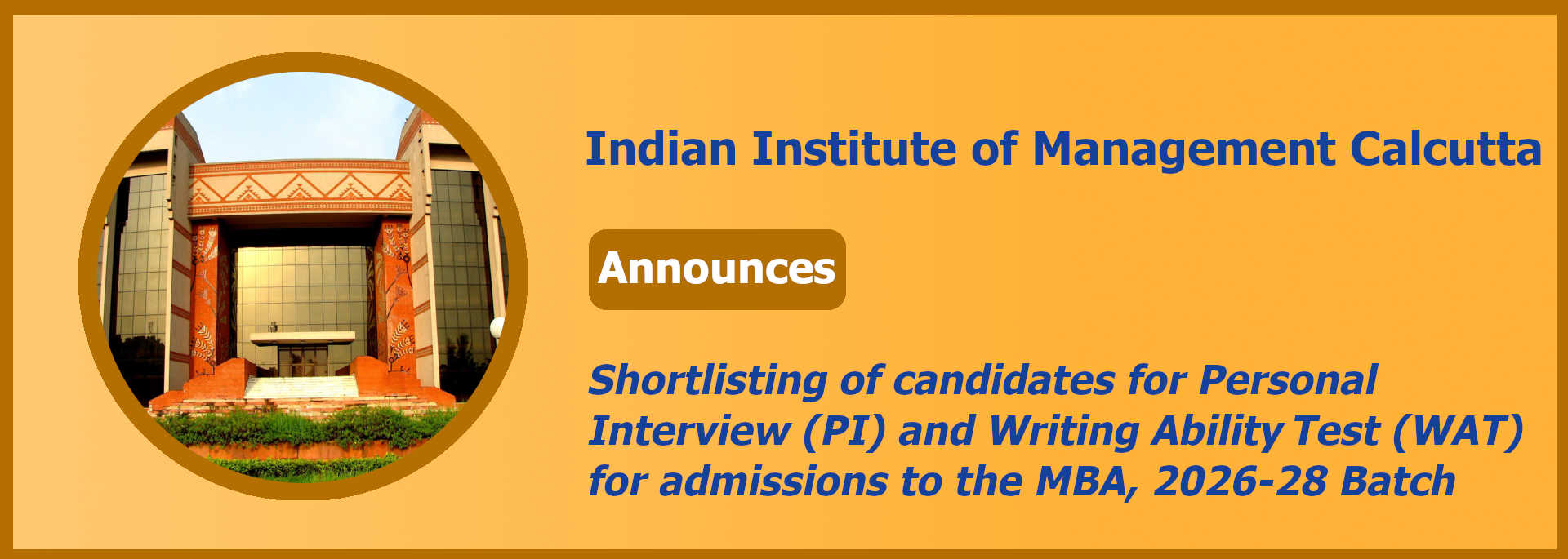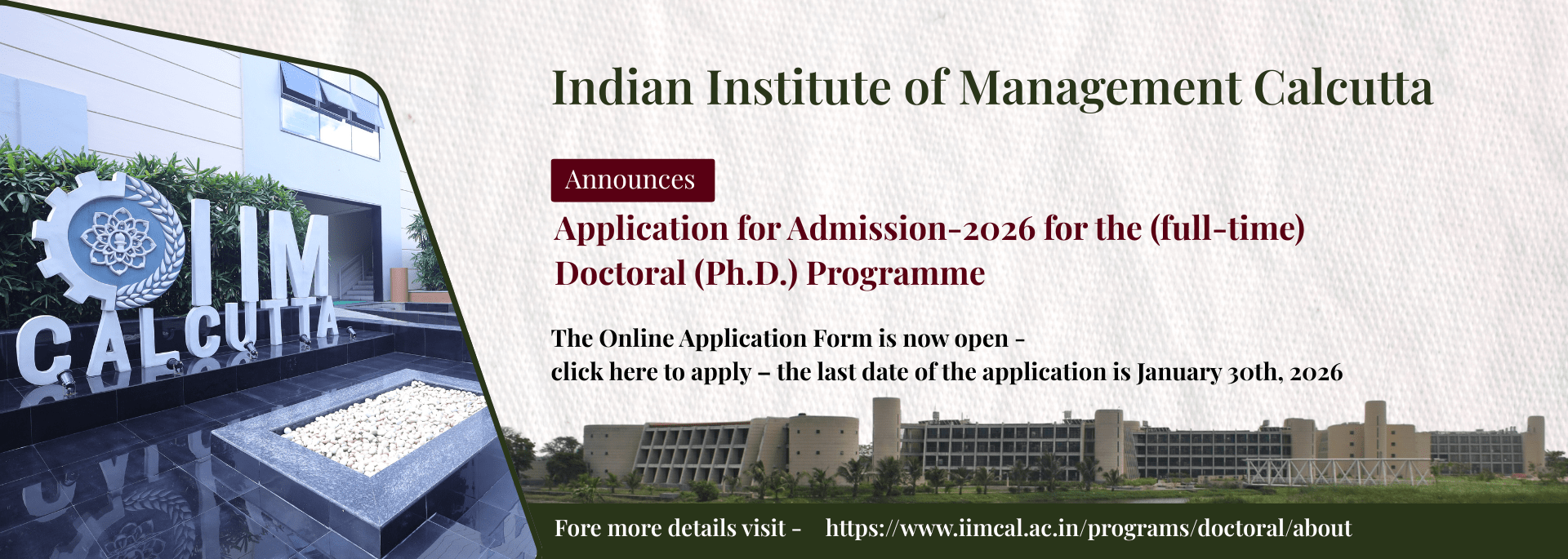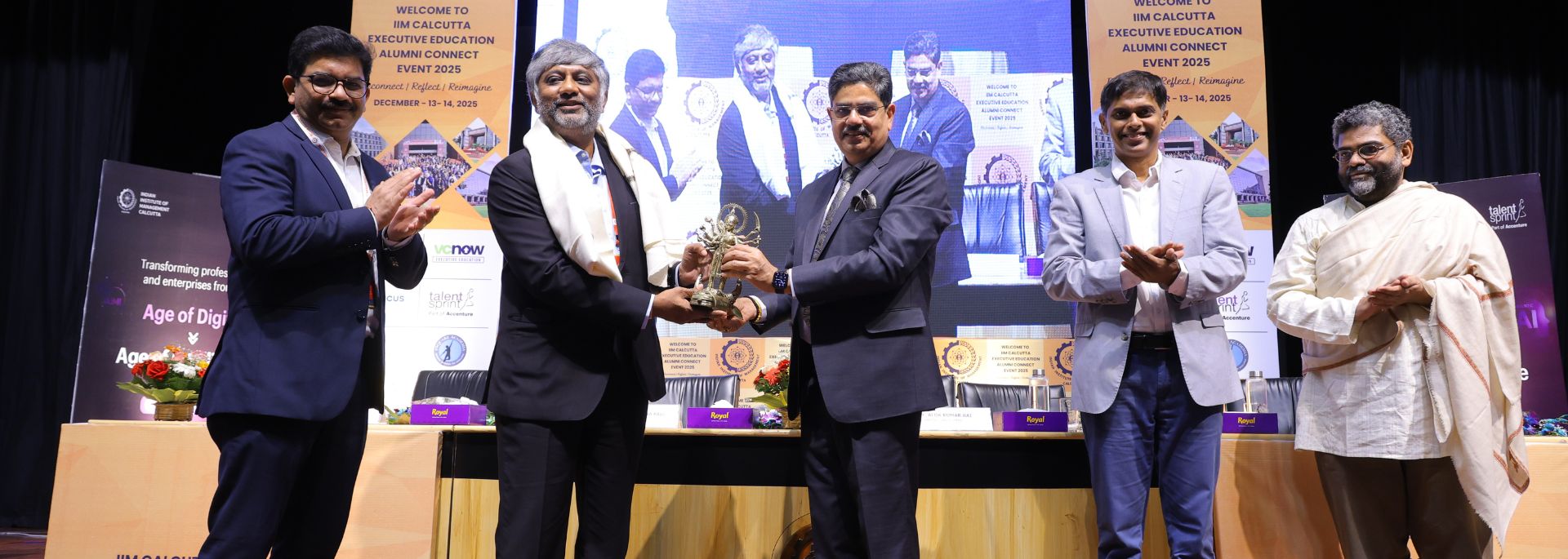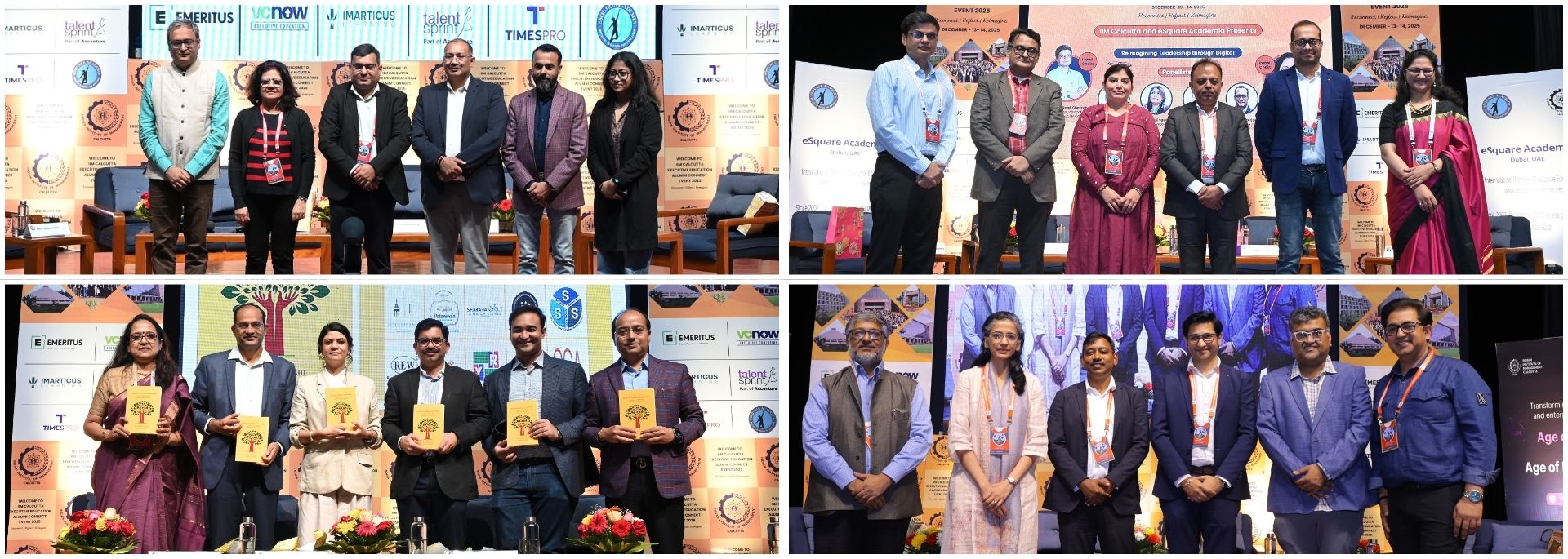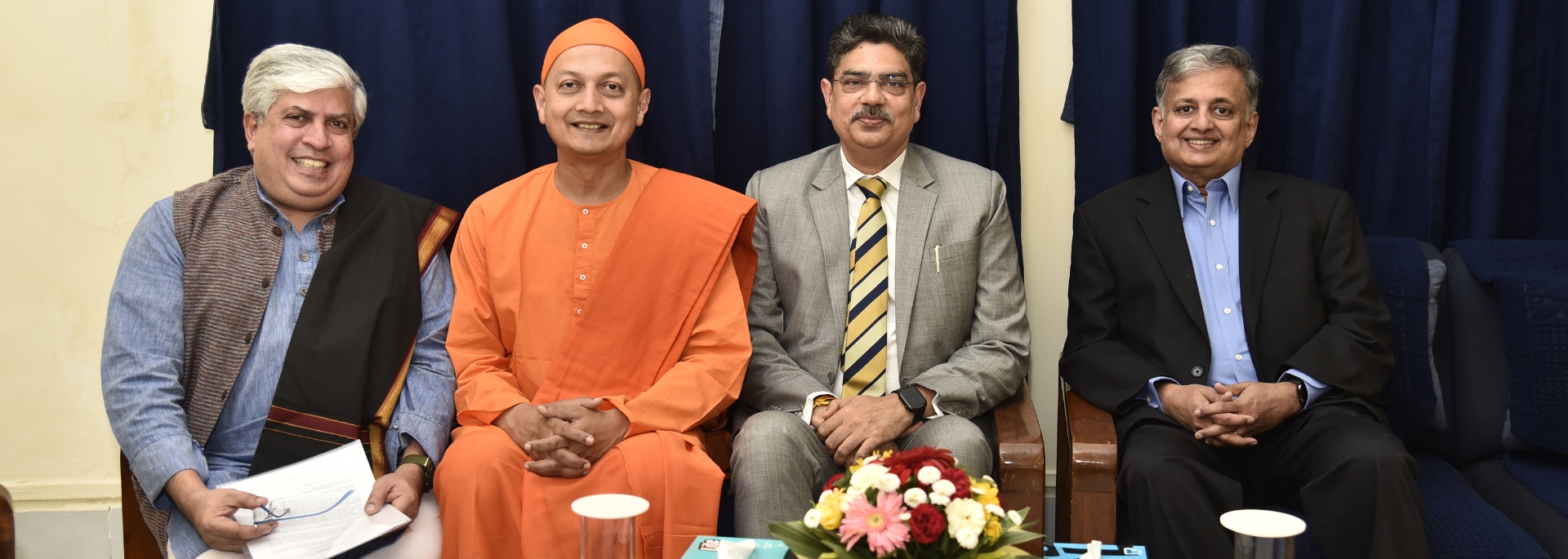DECISION invites contributions on all aspects of management thought, research and practice where the term management is to be interpreted broadly. The journal welcomes innovative and preferably research-based articles in any functional area of management. Practicing managers are welcome to submit data-based case studies for publication. The journal also welcomes articles preferably with appropriate analysis on various social, political, economic and other environmental factors which have a relevance to management. Each paper is refereed.
Articles published in Decision must be relevant to management theory and to management practice. Submissions should indicate an understanding of the relevant literature and the contribution of the submissions to this body of research. Empirical articles should have an appropriate methodology and be able to relate their findings to the existing literature. Methodological articles must attempt to show how they further existing theory. All authors should aim at advancing existing thought and/or practices in the relevant field and hence should endeavour to be original and insightful.
The review process followed by Decision is systematic and thorough. Articles submitted to the journal are initially screened by the editor for relevance and overall quality as judged by the presentation of concepts, methodology and findings. Inappropriate or weak submissions are not forwarded for a formal review. Those considered appropriate are put through a double blind review process that may take between three to four months. Authors may be asked to revise and resubmit a manuscript based on the referee's comments.
The following are details of style and other requirements for submission to Decision
- A soft copy of the paper for consideration for publication should be emailed to publication@iimcal.ac.in and decision@iimcal.ac.in. It should be addressed to:
The Editor, Decision
Publications Division, Indian Institute of Management Calcutta
Joka, Diamond Harbour Road
Kolkata - 700 104
INDIA - Manuscript should be a word file in double space with 1 and 1/2" wide margin on the left and 1/2" on the right. Professionally drawn graphs and diagrams must be provided wherever necessary along with the manuscript.
- No manuscript should ordinarily exceed 40 typed pages including graphs, tables and appendices.
- The cover page of the manuscript must contain the title of the paper, author's name, mailing address, email address, professional affiliation (if different from the mailing address), and acknowledgements, if any. The first page of the paper must also provide the title of the paper but it should not give the author's name and address.
- Every manuscript must include a 100-150 word abstract and 4-6 key words.
- All notes must be serially numbered. These should be given at the bottom of the page as footnotes.
- References should be given separately at the end of the paper and arranged alphabetically. The list should include only work the author/s has cited.
The following style should be strictly followed:For periodicals:
The author/s name, year of publication, title of the article, journal name, volume and number, and the page numbers of the article should be provided. For example:
Tobin, J. 1958. Liquidity preference as behaviour towards risk. Review of Economic Studies, 25(2): 65-86.For books:
Dubrin, A. 1984. Foundations of organisational behaviour: An applied approach. New Jersey: Prentice Hall
Taylor, B. and Willis, G. (Eds.). 1970. Pricing strategy. Princeton, NJ: Brandon System.If an article has no author, the periodical or newspaper is referenced as follows:
Business Standard. 2003. TCL beats Baron in FIPB war. December 16: 12.For chapters in books, follow this form:
Srinivas, E.S. 1994. Perceived Quality of Working Life (PQWL) and organisational commitment: A study of managers in select organisations. In N.K. Gupta and A. Ahmad (Eds.), Management Research: Contemporary Issues. New Delhi: South Asia Publications.For unpublished works such as working papers, dissertations and papers presented at meetings:
Sachs, J.D., Bajpai N. and Ramiah, A. 2002. Understanding regional growth in India. CID Working Paper No. 88. Center for International Development, Harvard University, Massashusetts.
Gupta, S. 1993. Optimal retailer pricing and purchasing in a dynamic environment. Unpublished doctoral dissertation. Cornell University, Ithaca, N.Y.
Wall, J.P. 1983. Work and nonwork correlates of the career plateau. Paper presented at the annual meeting of the Academy of Management, Dallas.For electronic documents:
Give the author’s name, if known and year of publication; or give the periodical/newspaper’s name or the organisation’s name as author. This should be followed by the full title of the document; the http, or other addresses; and the date the document was posted or accessed.
Basu, I. 2004. India’s thorny FDI rule under scrutiny. Asia Times. May 28. http://www.atimes.com/atimes/South_Asia/FE28Df03.html Accessed on April 27, 2004.Financial Express. ICI yet to respond to Asian Paints offer to buy 9.1% stake. http://www.expressindia.com/fe/daily/19980129/02955144.html Accessed on July 16, 2003.
Citation in the text should simply give the name of the author and the year of publication quoted, for example: Theil (1970) A few studies have been done in this area (Gupta, 1990; Srivastava, 2003; Sen, 1999, 2001; Dasgupta, 2003a, 2003b).
Page numbers should be given whenever another author/text is quoted e.g., According to Saini (2000, 35), “The buzz word in people management in India is HRD and not HRM.”
- Every paper must be accompanied by a statement that the paper is the author’s own work and has not already been published or submitted to any other journal for publication.




